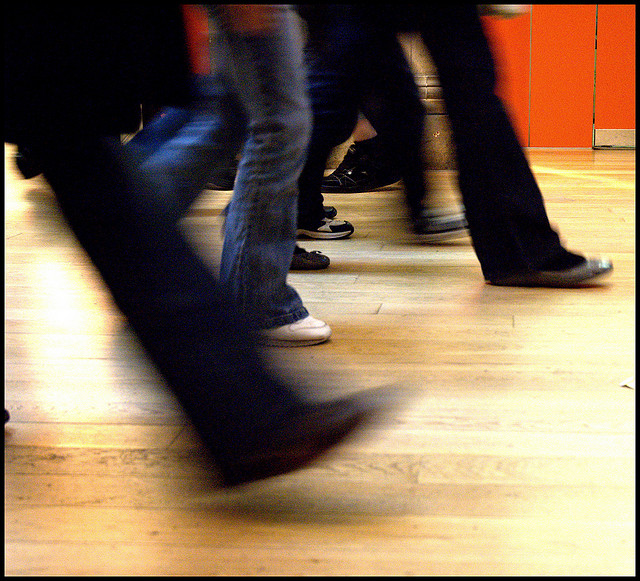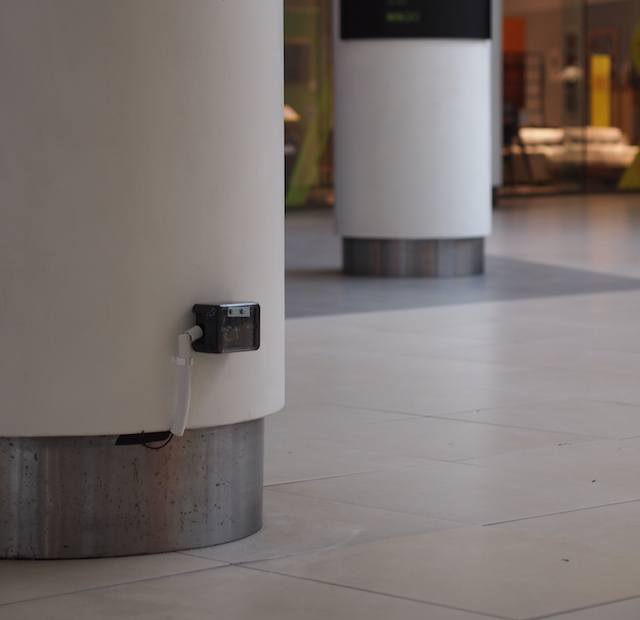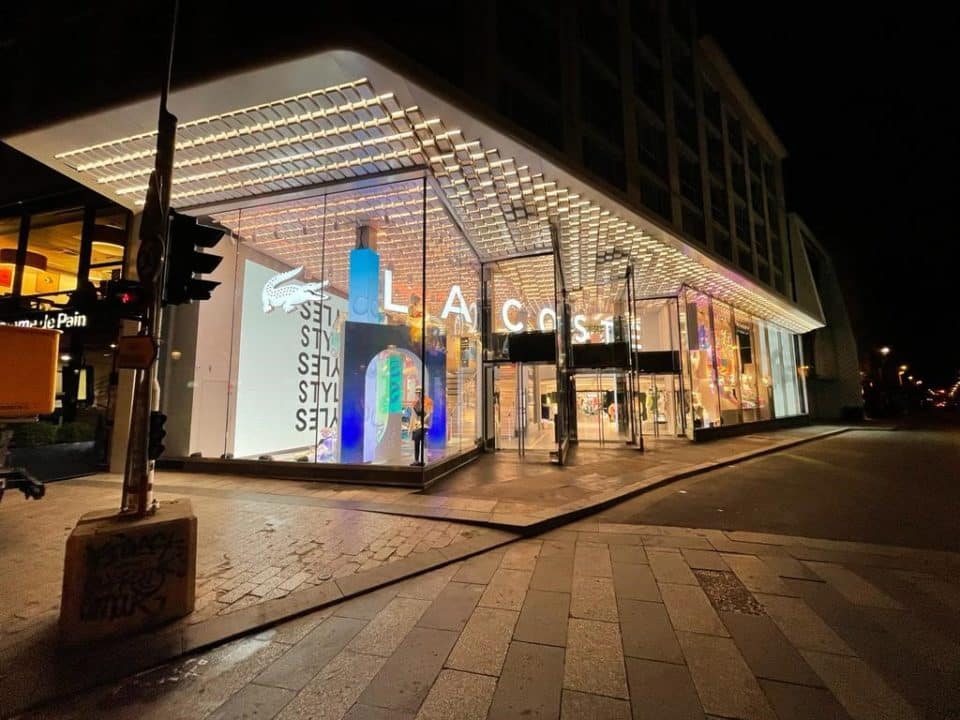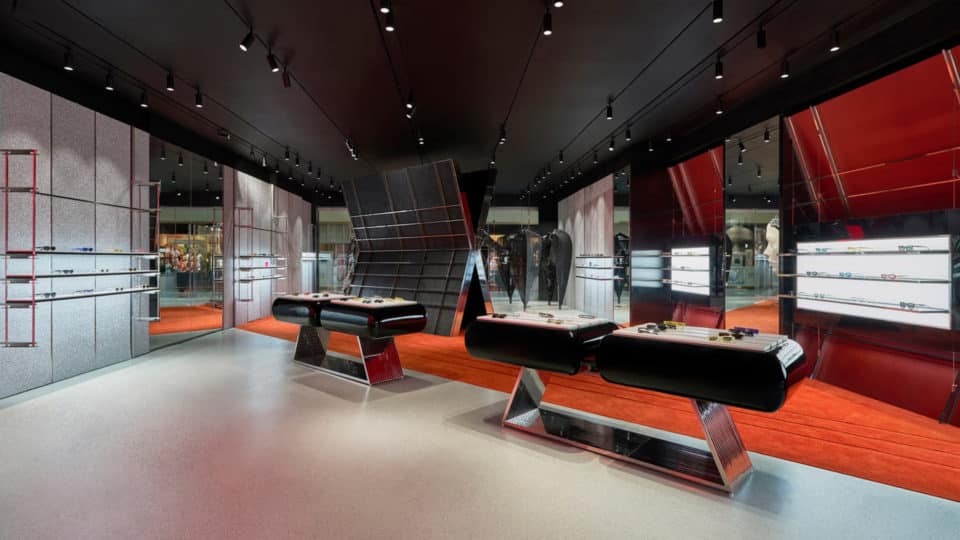Retail Analytics: Hoxton Analytics interview

For Hoxton Analytics, Big Data is crucial to improving processes and outcomes within the world around us. The problem is, methods for collecting data in the real world are beginning to overstep the boundary of what’s acceptable in terms of customer privacy. As invasive facial recognition and customer location techniques become increasingly popular methods of data collection, Hoxton Analytics sought to develop an intelligent way of bringing the customer back to the table. We caught up with Owen McCormack and Will Thomas, Co-founders of Hoxton Analytics, to ask a few questions about the retail analytic and the importance of privacy.

So that someone who isn’t data scientist can understand, what is it that Hoxton Analytics does?
We provide retailers with real-time data about their customers and store usage, which enables them to optimise their business. Our product consists of a small camera and processor pointing low across a doorway. It provides highly accurate footfall counts and demographic profiles (such as gender) of your customers – and here’s the twist – based entirely on the shoes the person is wearing. Why shoes? We care about shopper privacy, and though you can tell a lot from someone’s shoes, you can’t tell who they are. As such, we are unique in considering both the retailer’s and the shopper’s needs.

Can you explain what Big Data Analytics is and what drew you both to it?
Big Data Analytics enables us to extract useful information from large, noisy datasets, such as predicting people’s demographics from images of shoes! We were both drawn to the democratisation of computing power – that a very small team can create something hugely impactful, because of freely available processing power.
What is wrong with current methods of collecting personal data in store?
Many current technologies extract detailed information regarding shoppers that could be used to identify them uniquely. This is a grey area that makes shoppers uncomfortable, leads to PR disasters, and most importantly is not even necessary.
We believe that there is plenty of opportunity to give the retailer all the data they need, without encroaching on their customer’s privacy.
How important do you think customer trust is in retail?
It’s paramount, especially now, at a time where people can broadcast and share opinions so easily on the Internet. One leaked database or strong customer opinion can lead to shoppers deciding to go elsewhere.
We want to bring the consumer back to the table with regards to in–store data.

In what ways could stores leverage more accurate customer demographics in order to improve sales?
Once a retailer knows who their customers are, when they shop and how this varies for each of their stores, numerous optimisations become possible. Each store can become tailored to those people that shop in it. The right staff can be in the right place at the right time, store lay-outs and product ranges can reflect specific demographic profiles by store and digital displays and in-store ambience could be changed in real-time depending on who is inside the store at a given moment.
We know you’ve recently worked with tech-focused retailer Dandy Lab, could you run us through exactly what it they needed and how you provided that?
Yes – the Dandy Lab and ourselves are fellow UCL alumni. We’re very excited at the blend of traditional retail and tech that they’re showcasing. We are providing real-time footfall and demographic counts to the Dandy Lab via our small camera system, and we’ll be using this data to measure key indicators, such as conversion and footfall-by-day, which helps inform opening hours and staffing schedules.
Is it just technology-orientated businesses you’re partnering with or have you had take up in other retail areas?
We believe that our technology is pretty universal. Our product is able to add value to any company that needs to understand conversion rates in physical locations (retailers, shopping centres) or that would like to understand people flows (transport infrastructure, public services, events / attractions etc…). It is low cost and easy to install, opening up markets that would not traditionally consider using people counters. We have installations of our product in some of the biggest retailers on the globe, both in the UK and overseas. Conversely, we have it installed in small, independent retailers, who have provided us with great feedback on the usefulness of the data. Our most quirky use case has been a piece of bespoke analysis for Hackney City Farm to show correlation of visitors to weather patterns, which was both enlightening and fun!
What do you think is next for retail analytics, do you think the market in general will strive for greater customer privacy or will we begin seeing less and less of it?
Customer privacy is an issue that is here to stay. Consumers are increasingly data savvy and a combination of shopper pressure and legislation will drive the market to be more aware of shopper privacy and to be more open about what data is being collected. Shoppers are often prepared to share data as long as they can see and understand the benefit they receive in return, however the speculative collection of personal data can cause upset and lead to significant PR issues. Current data legislation does not yet reflect what is technologically possible with respect to image processing and other techniques and as such we believe it will tighten in the near future. It took until 2012 for European legislation to be implemented regarding the use of cookies on websites.
Which brands, agencies or thinkers do you think are the most innovative in the retail sector?
We believe that the best retail technologies are seamless and non-intrusive. An obvious choice perhaps, but Amazon have the means and motivation to push the envelope – their recent 1- hour London delivery service is a groundbreaking template for online retail. They have also gone further than any other major retailer in their use of data to offer a tailored and relevant shopping experience, setting a benchmark that bricks and mortar retailers need to somehow find a way to match.
We love the idea of using technology to optimise the assets already belonging to them. We Are Pop-Up, for example, can help retailers make use of unused retail space. Lastly, there are a number of companies making progress on the cutting edge of Big Data, such as visual search and virtual reality. A lot of these technologies originally emerge from the universities such as UCL and their Advances programme, which have a huge role to play in innovation.
Top image: Jason Rogers. All other images courtesy of Hoxton Analytics.



